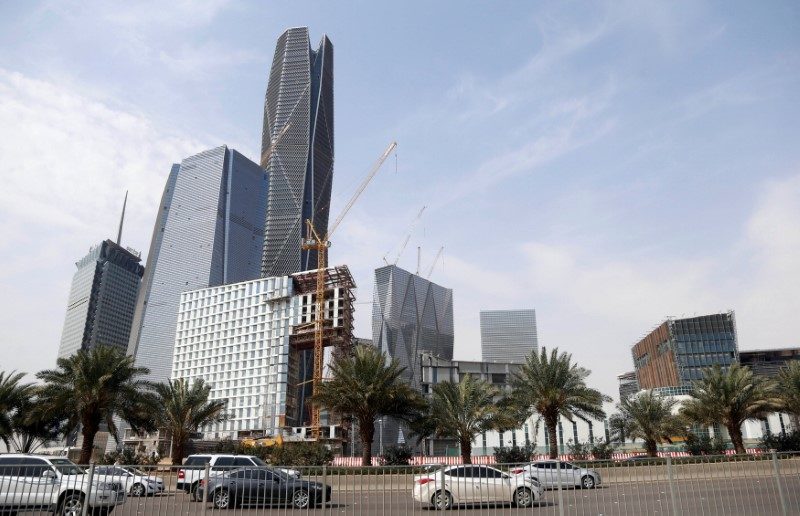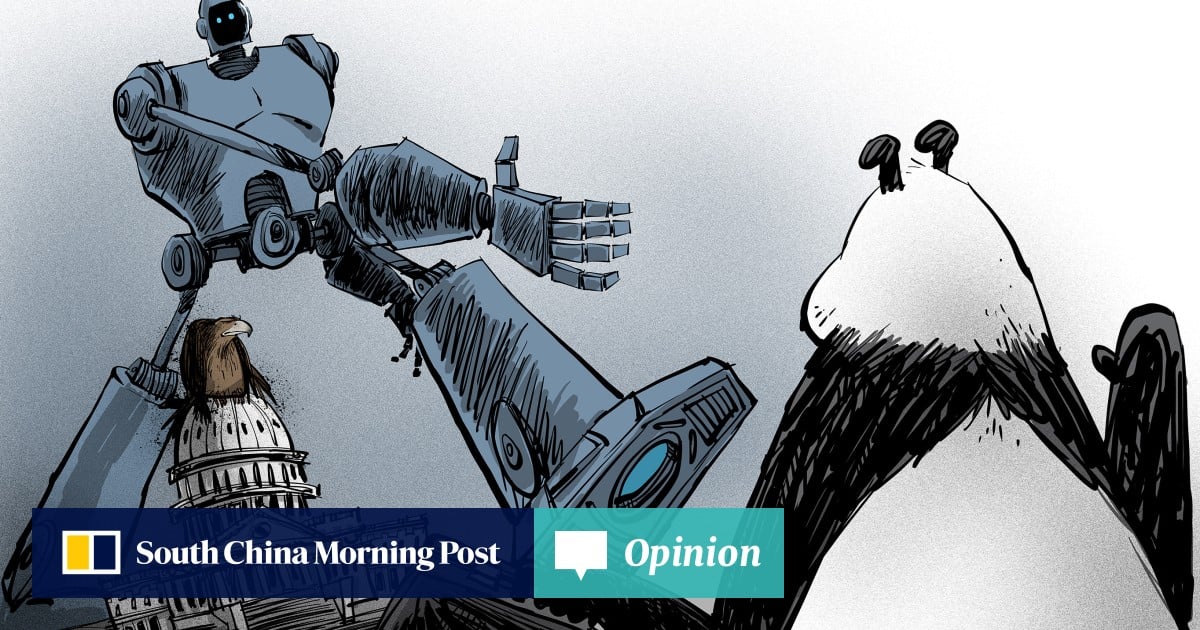MUMBAI, India — JSW Steel and Tata Steel expect global demand to rise up as the pandemic fades, so they intend to invest roughly 850 billion rupees ($11.4 billion) in projects over the next few years. India appears to be recovering from a second wave of diseases that killed thousands of people and halted economic activity. Despite the accident, demand from the United States and Europe has boosted the country’s steelmakers. There’s also anticipation that a government focus on infrastructure investment could restore the local steel market’s luster. JSW Steel, India’s largest private steelmaker, aims to invest roughly 251.15 billion rupees in expanding capacity and modernizing operations across the country over the next three years. “With the freshly authorized capital plan of 251.15 billion rupees, we are now beginning on the next phase of growth,” Chairman and Managing Director Sajjan Jindal remarked in late June. Jindal stated that the objective is to enhance crude steel capacity by 7.5 million tons at Vijayanagar in south-central India. JSW Steel also plans to “improve and digitize our mining capabilities and infrastructure in Odisha,” as well as establish a state-of-the-art color-coating factory in Jammu and Kashmir, according to Jindal. JSW Steel’s total output would increase to roughly 37.5 million tons by the end of the financial year, according to Jindal. Over the last three years, the corporation has spent 480 billion rupees to raise capacity by 50%. Despite the fact that huge stimulus packages around the world have boosted steel output and consumption, much of the increase has been one-sided, with China accounting for 56 percent of global production and consumption in 2020. Other economies, on the other hand, are waking up, and Indian corporations plan to seize the opportunity.
Global steel production and consumption are increasing as a result of large stimulus packages implemented by governments around the world. According to Reuters
Tata Steel announced on Tuesday that it plans to spend 500 billion to 600 billion rupees over the next five years, with an average of 100 billion to 120 billion rupees.
Its capital spending decreased by 55 percent in the fiscal year ended March 2020 as it tried to save money in the face of the epidemic, according to the company.
“The company’s enterprise strategy remains to be strengthening the balance sheet,” said Koushik Chatterjee, executive director and chief financial officer of Tata Steel Group. “We are keen on completing the cold rolling mill complex and the pellet facility in Kalinganagar in the next 12 months,” notwithstanding India’s COVID issue. “We seek to strike an optimal balance between capital investment and debt repayment,” Chatterjee added as the corporation implements its spending plans. According to data issued by the Union Budget in February, the government-run Steel Authority of India has increased its capital spending target for the current fiscal year from about 40 billion rupees to 80 billion rupees. Enterprises’ spending plans are expanding as a result of the government’s production-linked incentives for companies that improve domestic manufacturing and reduce reliance on imports, as well as capital expenditures carried over from prior years. According to the Financial Express, India’s cabinet is considering spending 63.22 billion rupees on steel sector incentives. This could help to boost an already-recovering industry. Steel producers began to use more of their capacity in the last year as exports increased month after month, despite domestic demand remained below pre-COVID levels. “We expect higher infrastructure expenditure, rising automotive and construction demand, as well as a rebound of private capex and consumer demand, to continue to drive steel consumption,” Jindal of JSW Steel said. India was a net exporter of steel from April 2020 to March, according to S&P Global, with shipments totaling 10.78 million tons, up 29.1% from the previous fiscal year. Imports dropped by 29.8% to 4.75 million tons. “According to the Platts Metals Trade Review, India has mostly shifted its’swing supply’ focus to Europe in 2021. In early January, Northern European HRC [hot-rolled coil] prices were about USD 65/ton higher than Indian domestic HRC prices “In a note, S&P Global stated. “They were USD 300/ton higher as of April 12. India has already surpassed its EU limit by roughly 40,000 tons this year, but given the European coil deficit, India thinks the steel would be allowed in shortly.”
The Tata steel mill in Ijmuiden, Netherlands, produces metal coils. India is trying to increase steel exports to Europe, which is experiencing a coil scarcity. According to Reuters
Meanwhile, Care Ratings predicts that crude steel output would rise 8% to 9% to 112-114 million tons this fiscal year, with demand bolstered by an improving economy, increased liquidity, and government investment. As part of its attempt to jump-start the economy, the government upped its own capital spending allocations by 34.5 percent to 5.54 trillion rupees in the Union Budget for 2021-2022, according to the agency. “As a result, increased outlays for key sectors such as defense services, railways, and roads, transport, and highways would provide impetus to steel consumption, which is expected to grow by 10-12 percent in fiscal year 2022 to cross 100 million tons for the first time ever,” Care Ratings wrote in an April note. “A steel pricing upcycle is likely to continue in fiscal year 2022.” Steel prices are also being pushed up by the absence of China from the global export market and increased steel demand in China, according to Care Ratings. “Continued higher demand from China as a result of stimulus packages, as well as the country’s desire to reduce production levels in 2021 to reduce CO2 levels, will be a key factor that will support steel prices,” the agency said, adding that a global demand-supply imbalance will provide export opportunities for Indian steelmakers./n
Read More




